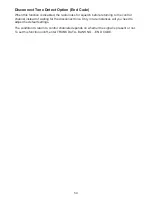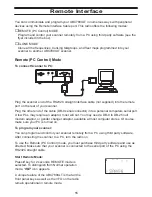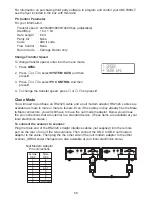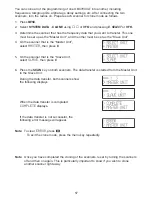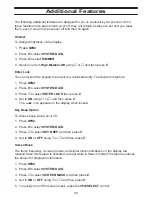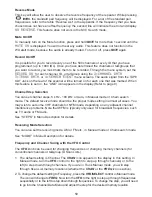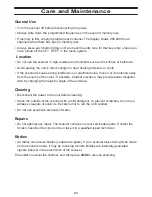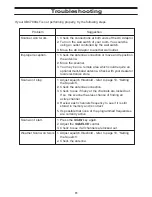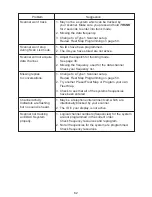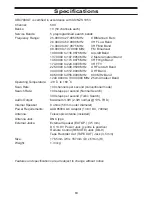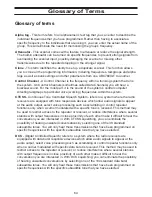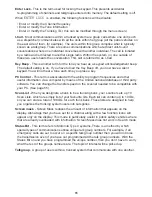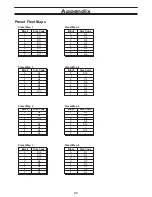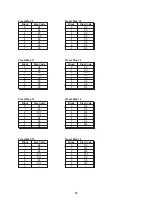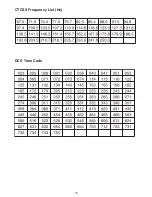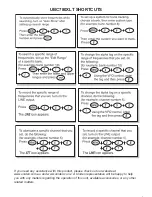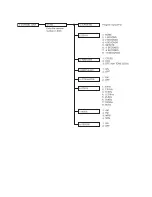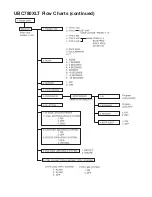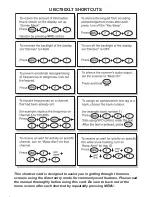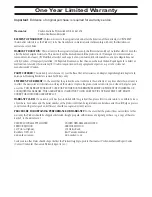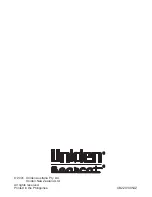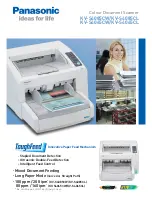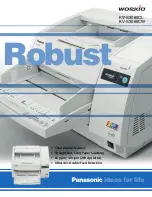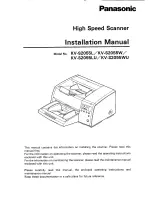
68
User Defined Fleet Maps
Type I Programming Information
When a Type I system is designed, the address information for all the IDs is divided into 8
equal sized blocks, numbered 07. When you program your scanner to track a Type I system,
you must select a size code for each of these blocks. When you have assigned a size code
to all 8 blocks, you'll have defined the Fleet Map for the system you're tracking. Each size
code determines the number of Fleets, Subfleets, and IDs each block will have. For
example, a size code of “4” has one Fleet, which is divided into 16 separate Subfleets, and it
has a total of 512 individual IDs.
When a block is assigned a size code, the Fleet or Fleets created within the block are
assigned a Type I ID. The way these IDs display on your scanner depend on the block
number and the blocks size code. When a Type I ID displays, the left most digit represents
the block which contains the ID. The next two or three digits identify which Fleet is active,
and the last digit(s) identifies the Subfleet.
The details concerning how the size codes are selected by a Type I System designer are
highly dependent on the specific needs of the systems users. Some organisations may want
many subfleets with only a few radios each, while another organisation may want only a few
subfleets with many radios each. Your task is to program your fleet map with the same size
code assignments as the trunked system. If you do this accurately, you'll track all the Fleet-
Subfleet combinations used by the system. In other words, you'll hear complete
communications while monitoring a trunked system.
If you don't already know the size codes used, you'll have to guess at them. But since you
don't have to figure out all the blocks at once, this isn't as hard as it seems. Select a size
code for a block, and then press
SCAN
. Now listen to the communications. If you decide you
are receiving most of the replies to the conversations with IDs assigned to the block you just
programmed, then you've probably selected the right size code and can work on the next
block of the map.
Finally, for most public safety systems there are some size codes which are more common.
SIZE CODE 3 and SIZE CODE 4 are probably the most common, followed by SIZE CODE
10, SIZE CODE 11, and SIZE CODE 12.
4 05-1
2
Block
(1 digit)
Subfleet
(1 or 2 digits)
Which Fleet
within the Block
(2 or 3 digits)
Summary of Contents for UBC780XLT
Page 1: ...500 Channel Trunk Tracking Scanner UBC780XLT TRUNKTRACKER III...
Page 5: ...NOTE SMART SCAN NOT APPLICABLE IN AUSTRALIA UBC780XLT Flow Charts...
Page 6: ...UBC780XLT Flow Charts continued...
Page 7: ...UBC780XLT Flow Charts continued...
Page 8: ...UBC780XLT Flow Charts continued...
Page 81: ...71 CTCSS Frequency List Hz DCS Tone Code...
Page 82: ...72 Memo...
Page 83: ...73 Memo...
Page 84: ...74 Memo...
Page 86: ...NOTE SMART SCAN NOT APPLICABLE IN AUSTRALIA UBC780XLT Flow Charts...
Page 87: ......
Page 88: ...UBC780XLT Flow Charts continued...
Page 89: ......

